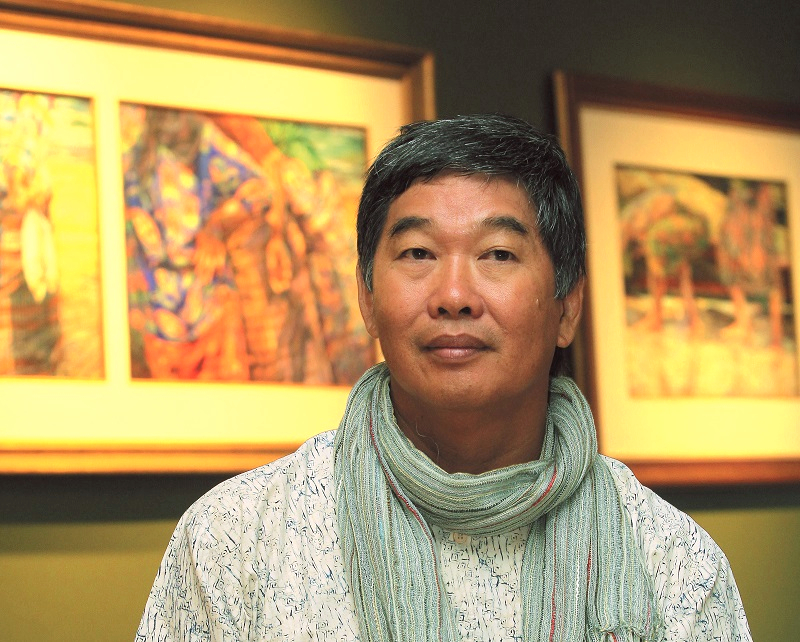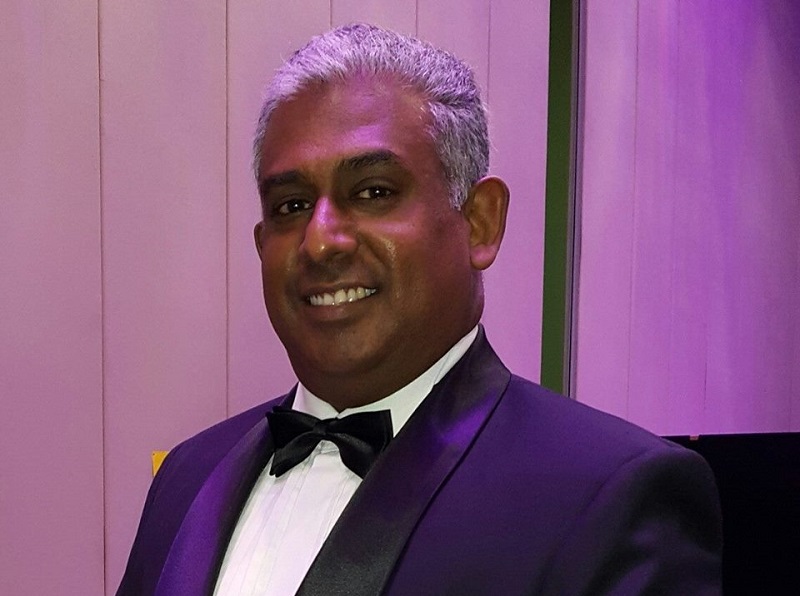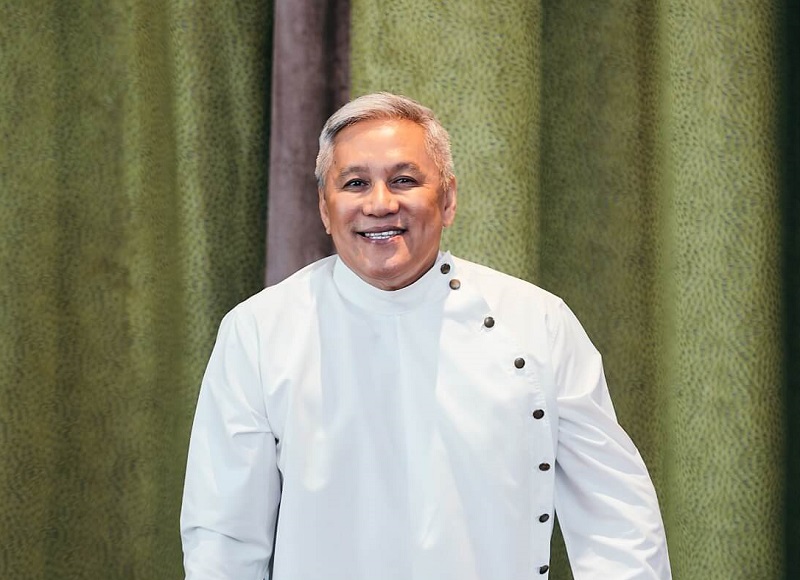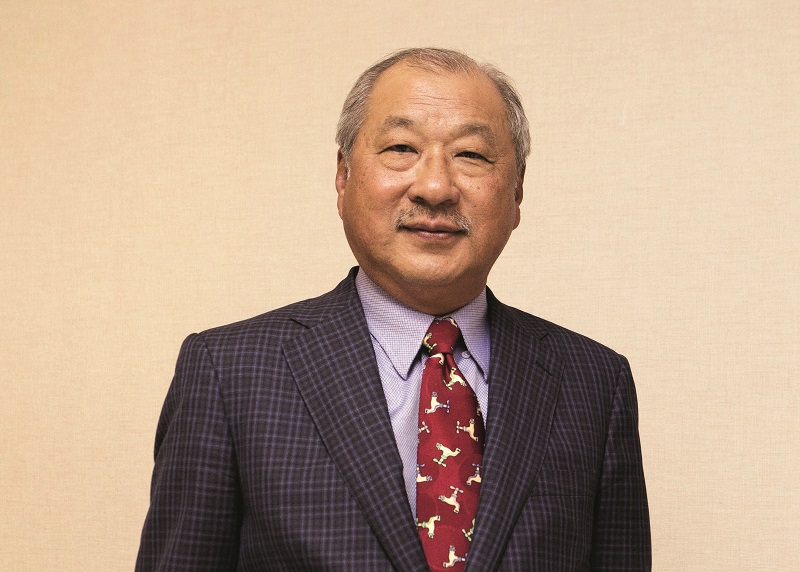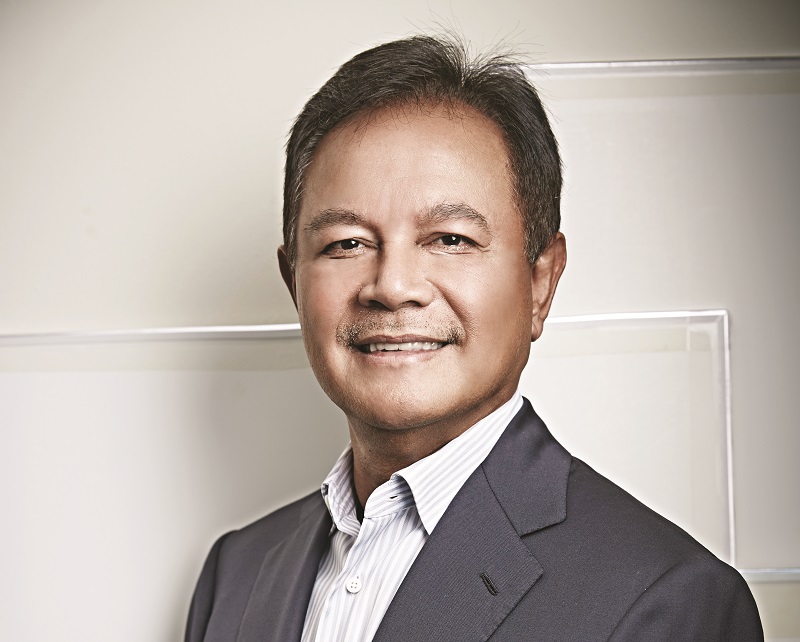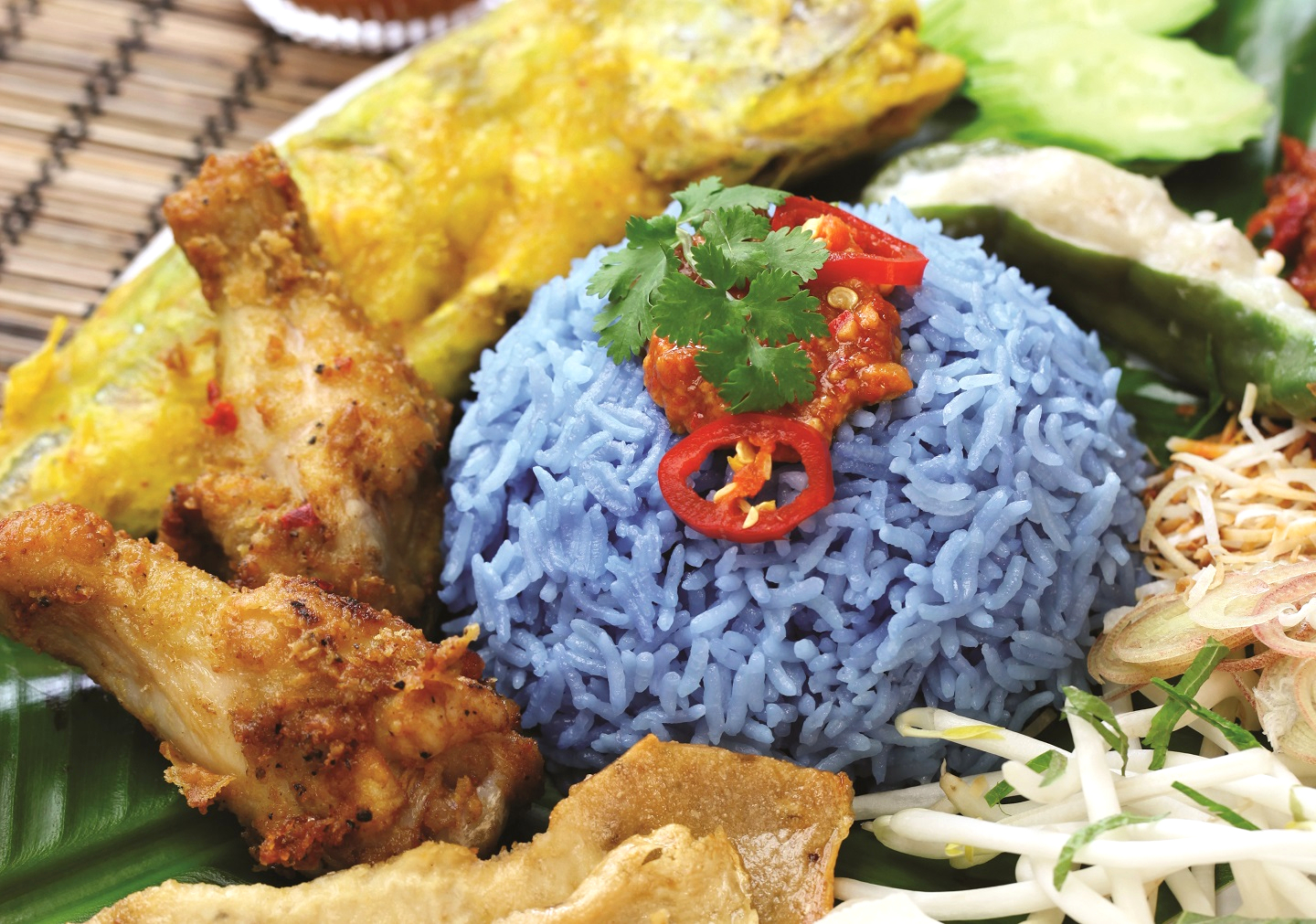
Ipsos director Nik Tasha Nik Kamaruddin recommends the Nasi Kerabu from Kubang Pasu or Jalan Teliput
The art and act of eating forms an inextricable part of the Malaysian spirit, soul and psyche. We pay homage to the spirit of our country this Merdeka in the best way we know — through the distinctive flavours and ingredients that make up the dishes and cuisines of each state, as advised by its sons and daughters.
MELAKA
Who: Datuk Wira Boo Kuang Loon, CEO, Yong Tai Bhd
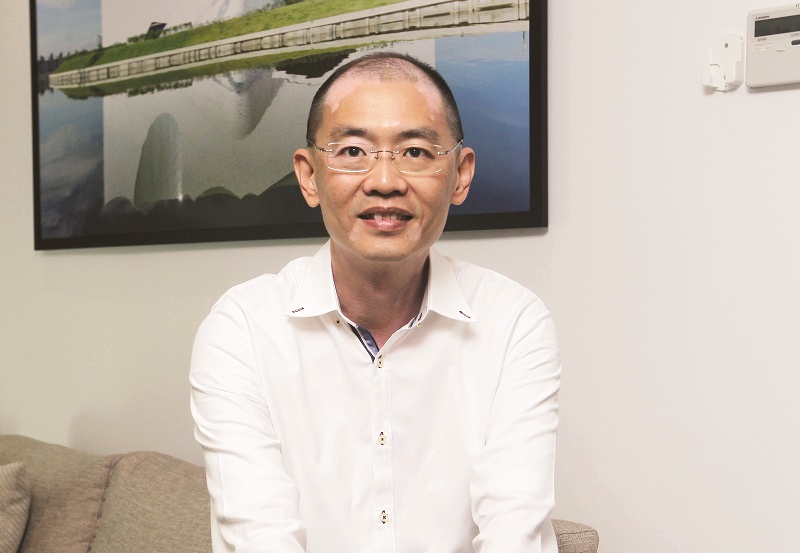
What: “White wantan mee—Melaka’s version is different from what you would find in KL, which uses dark soy sauce. Also, Melakans eat their wantan mee with vinegar chili sauce, which you can add directly to the noodles and mix it in. There is also more gravy compared with the KL version.”
Where: “My favourite is the one at Kedai Makanan dan Minuman Chop Beeng Cheong at 211 Jalan Kenanga 2/16, Kampung Lapan in Kesibang.”
KEDAH
Who: Datuk Wira Lim Teong Kiat, managing partner of Kiat & Associates and joint chairman of Triterra Metropolis
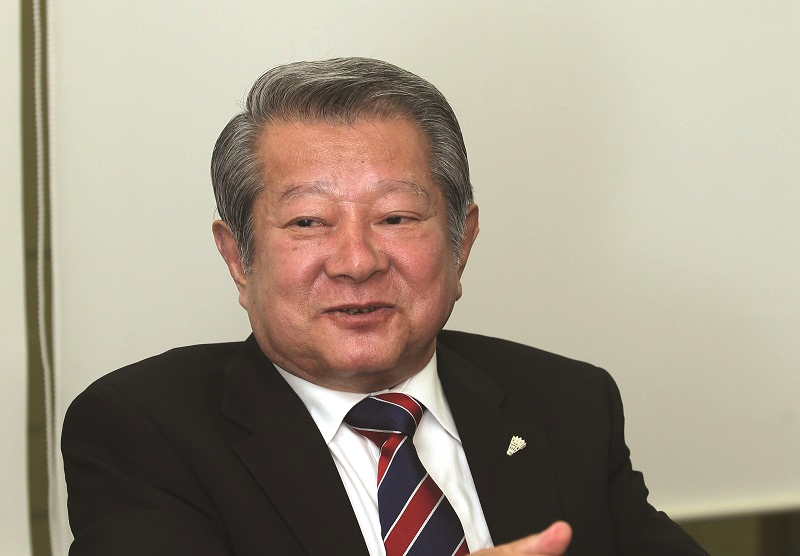
What: “Kedah has so much good food. The Malay laksa at Zakaria Laksa Teluk Kechai, for example, is the best in the northern region and, for me, the best in the country. Alor Setar also has so many famous Nasi Lemak restaurants, several of which have opened branches in Kuala Lumpur. But if I were to pick one dish, it would be the Mee Mamak — served goreng or rebus. This dish, after all, originated in the northern states of Kedah and Penang and is a national favourite.”
Where: “My top pick would be Mee Abu, the most famous Mee Goreng and Mee Rebus in Alor Setar for decades and a much-loved stall by our beloved Prime Minister Tun Dr Mahathir Mohamad. Mee Abu has also been served on various occasions at Seri Perdana and is truly the pride of the state. It is at 1225-C, Jalan Teluk Wanjah.”
PENANG
Who: Rina Teoh, co-founder, The Edison George Town
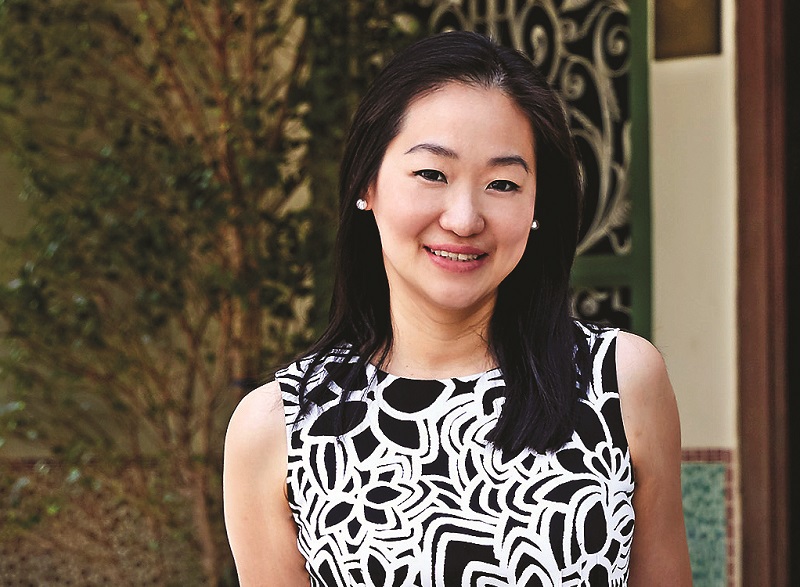
What: “Definitely laksa! It is a dish that is enjoyed by all races, with so many cultural and flavour variations, from assam to curry and lemak. There is Chinese and Malay-style laksa and, in Penang, you have Indian stalls selling laksa too. Assam laksa is synonymous with Penang, although our white curry laksa is equally well known and popular.”
Where: “It is not a secret, but I would recommend visitors to visit Gurney Drive at night so you can sample the Malay and Chinese versions of laksa in one place, as well as many other Penang delicacies. If you want to treat guests or entertain friends in comfort, go to Laksalicious at 123 Jalan Hutton. Or if you want to eat like the locals do, try the assam laksa at Restaurant Taman Emas on 1 Jalan Gottlieb.”
PERAK
Who: Tan Sri Lee Oi Hian, CEO, Kuala Lumpur Kepong Bhd (KLK)
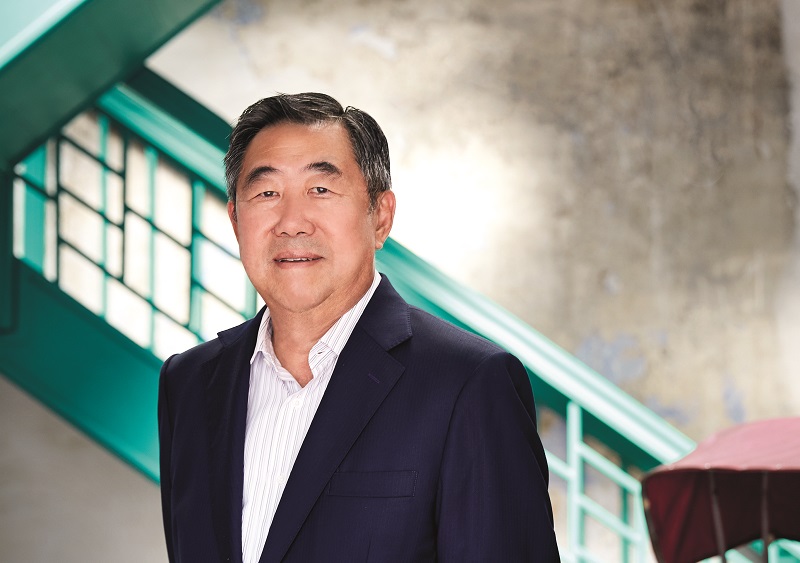
What: “Tanjong Tualang in Perak is the undisputed prawn capital of the world. It is also a beautiful and historic old tin-mining town and a great place to visit. After the tin-mining industry collapsed, enterprising locals converted the mining pools into freshwater prawn farms and it is now the best place in the country for the biggest and freshest udang galah.”
Where: “The best place to enjoy udang galah is actually in Ipoh. Go to Mun Choong restaurant in Pasir Puteh. Order the iconic Tanjong Tualang big head prawns and ask for it to be prepared in two ways: the big, roe-filled heads just steamed, with the fleshy body pan-fried afterwards with spring onions in superior soy sauce.”
KELANTAN
Who: Nik Tasha Nik Kamaruddin, director, Ipsos
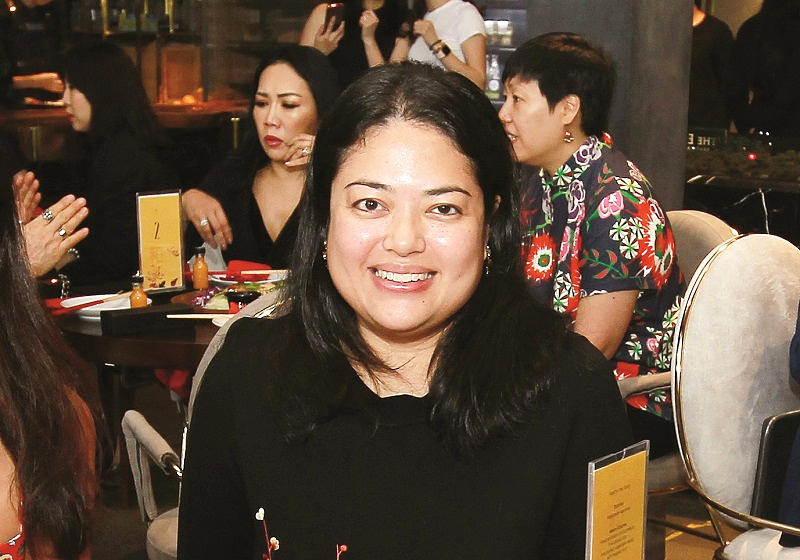
What: “The quintessential Kelantanese dish to me has got to be Nasi Kerabu. It is eaten and sold all across the state and the rice gets its striking blue colour from the butterfly pea flower.”
Where: “My favourites are the ones sold on the street in the mornings around Kubang Pasu or near Jalan Teliput. You must also always have the following accompaniments: tumis, solok lada and telur masin. These lauk form the basis of any good Nasi Kerabu.”
TERENGGANU
Who: Chang Fee Ming, artist
What: “Lekor, of course, is a signature snack that is very ‘Ganu, but I think I would say the dish that represents the state best is Nasi Dagang — a breakfast dish consisting of rice steamed with santan, gulai ikan tongkol (mackerel tuna curry) and pickled cucumber and carrots.”
Where: “Nasi Dagang Atas Tol, to me, is the most famous and very delicious. There are a few outlets around, but I always bungkus mine from the stall at Gong Badak in Jalan Tok Jembal, which is closer to where I live. I also like to enjoy my Nasi Dagang with a bit of fried meehoon as extra lauk.”
SABAH
Who: Datuk Gordon Leong, lawyer, Lim Guan Sing & Co
What: “The dish that best represents the Land Below the Wind would be the Kadazan dish of hinava — basically what I would call Sabah-style ceviche or marinated raw fish. Oh, and also botud — or sago worms. Hinava is iconic of Sabah while the sago worms are a thrilling and unusual choice. Some places serve it deep-fried but, ideally, it should be eaten raw ... skin and all. Those who enjoy it liken eating botud to eating butter.”
Where: “The place to go to would be D’Place Kinabalu, which specialises in traditional and authentic Kadazandusun food. You can find it on the second floor of Plaza Shell in Kota Kinabalu.”
JOHOR
Who: Goh Miah Kiat, CEO, Karex Bhd
What: “I grew up in Muar which, as everyone knows, has a lot of good food to offer. Assam fish is very famous, but that is more of the Parit Jawa side. In Muar, the best thing to eat is grilled otak-otak, wrapped in palm leaves. Everyone who comes to Muar must eat otak-otak.”
Where: “There are so many good shops everywhere, but the one I usually buy from (and my favourite, by far) is Otak-Otak Cheng Boi at 28-4 Jalan Bentayan, Taman Sri Emas.”
SELANGOR
Who: Siva Shanker, head of investments, Axis REIT
What: “I was born in Sentul, in the midst of a squatter colony. The Sentul pasar was about a kilometre away and the focal point of everything then as it is now. It was the filthiest, smelliest market in the world and I loved it. I went there all the time and among the hullaballoo was an old man selling cendol, with hand-scraped ice as tradition dictates. It was something else ... amid all the chicken, fish, blood and puddles of stinking, dirty water, the sight of this lone cendol man in the thick of the market’s action. As a child, I would always get whoever I happened to go with to buy me a bowl of cendol. It always proved a treat as I did not get it often. And, so that is how it came to be my favourite food in the whole world.”
Where: “In Malaysia, where you find cendol is where you would invariably find Indian rojak as well. As it has become my obsession, I have tried many places and am still on a quest to find the ultimate one. So, one of the nicer spots I have come across would be a stall under a big tree in SS24, Taman Megah. It is not far from the main road, at Jalan SS24/1, to be precise, and it is very good. Everyone talks about the guy in Subang Jaya and I have tried both but this, I think, is nicer.”
PAHANG
Who: Datuk Redzuawan Ismail @ Chef Wan, celebrity chef and restaurateur
What: “The classic Pahang menu should consist of ikan patin gulai tempoyak, opor daging Pekan and Puding Diraja (royal pudding with bananas, evaporated milk, prunes, candied cherries and cashew nuts) for dessert!”
Where: “The dishes mentioned are best home-cooked. There are some places to try here and there in Pahang, but I would recommend Ana Patin House at Jalan PJU 7/6 in Mutiara Damansara as she is from Temerloh.”
NEGERI SEMBILAN
What: “Seremban siew pau, of course — the name says it all. Sweet and succulent meat-filled baked buns with flaky, buttery crusts.”
Where: “Asia Catering & Confectionery, also known as the ‘Siew Pau Master’ is the place to go to. It is at 368 Jalan Seng Meng Lee, Seremban. The siew pau comes fresh from the oven daily. While here, you can also stock up on other baked goods such as egg tarts, butter cake, curry puffs and buns.”
PERLIS
Who: Bryan Loo, CEO, Tealive
What: “I grew up in Kangar and there are lots of good things to eat in and around the state. Laksa, for example, is very popular but different as it is more lemak, more Thai-style. But if I had to pick just one thing, it would be ikan bakar as we are close to the sea in Kuala Perlis.”
Where: “You must go to Medan Selera Ikan Bakar Kuala Perlis. An entire street comes alive at night and it is so famous. There are Malay joints as well as more Chinese-style seafood restaurants. Everything is good but do make it a point to try this fish we call chi kak hoo in Hokkien, or terubuk. It’s good but very bony and tastes best with sambal belacan.”
SARAWAK
Who: Datuk Danel Abong, managing director, Global Upline
What: “Sarawak laksa, the dish made famous internationally by the late Anthony Bourdain, and loved by all who have tasted it. For Sarawakians, it is a dish to be enjoyed and a source of great pride. A breakfast staple, the indicator of a great laksa stall is by the speed at which they sell out. It always intrigues me why they do not make more so they can continue selling throughout the day. Having said that, I cannot help feeling how inappropriate it is for my peninsular friends to order Sarawak laksa for dinner in Kuching. For sure, the laksa is not top grade.”
Where: “My wife likes her Sarawak laksa santan-y while I prefer a more curry-ish oomph. In the Kuching suburbs, there is Foody Goody cafe in Tabuan Laru, a 25-minute drive from the city towards the airport, and I also like Coffee Talk’s laksa in Tabuan Jaya. In the heart of Kuching, I would recommend Choon Hui cafe on Jalan Ban Hock, next to the Grand Continental Hotel. This was where Bourdain got his first taste of Sarawak laksa. Need I say anything more?”
This article first appeared on Aug 26, 2019 in The Edge Malaysia.

